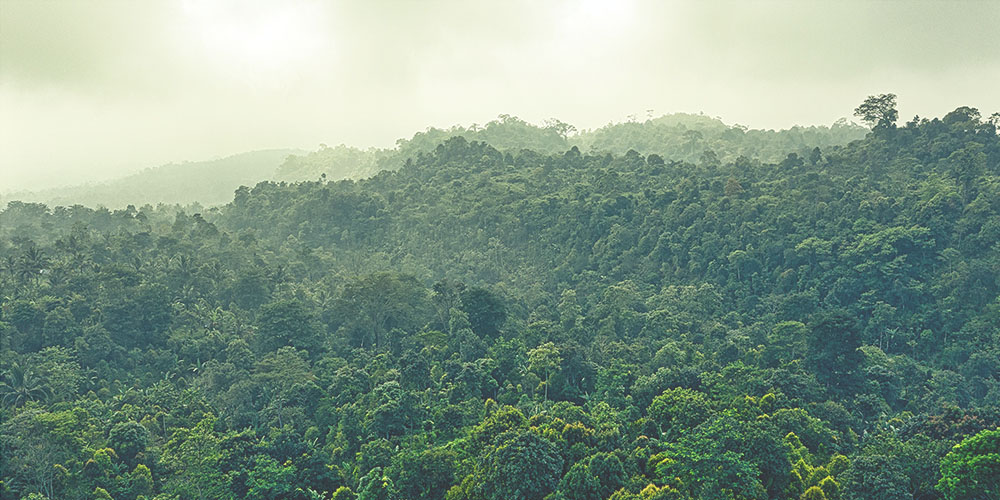
Making the Global Connection
Students create and conduct a survey to help them determine how they and others view themselves as linked to forests around the world.

Students create and conduct a survey to help them determine how they and others view themselves as linked to forests around the world.

Students express their own views about forests and explore different perspectives by reading excerpts from the writings of different authors.

Students use a carbon footprint calculator to analyze their personal effect on carbon dioxide (CO2) levels in the atmosphere, calculate the amount of carbon stored in a single tree, and explore how carbon sequestration can affect CO2 levels.

Students consider what makes invasive species a problem for forest ecosystems, work in teams to present different methods of controlling an invasive species, and conduct research to find out how invasive species may affect their local forest.

Students identify local watersheds and their forest cover, analyze a specific watershed in Maine, and evaluate the extent to which their own community’s water supply is affected by forests and forest management.

Students learn about the role of fire in forest ecosystems, examine issues of fire in the wildland-urban interface, and conduct a wildfire safety assessment in their community.

Students read and discuss several short articles and will propose solutions to real-life forest dilemmas.

Students research forest ownership in the United States, interview forest landowners about changes they have experienced, and analyze scenarios to learn about the complexities of intergenerational forestland transfer.

Students learn about succession by studying the reestablishment of ecological communities following the 1980 volcanic eruption of Mount St. Helens and by setting up experimental plots to observe successional changes over time.

Students conduct a forest health checkup of a local forest area, will take forestry measurements, and will evaluate the ecological services provided by trees and forests.